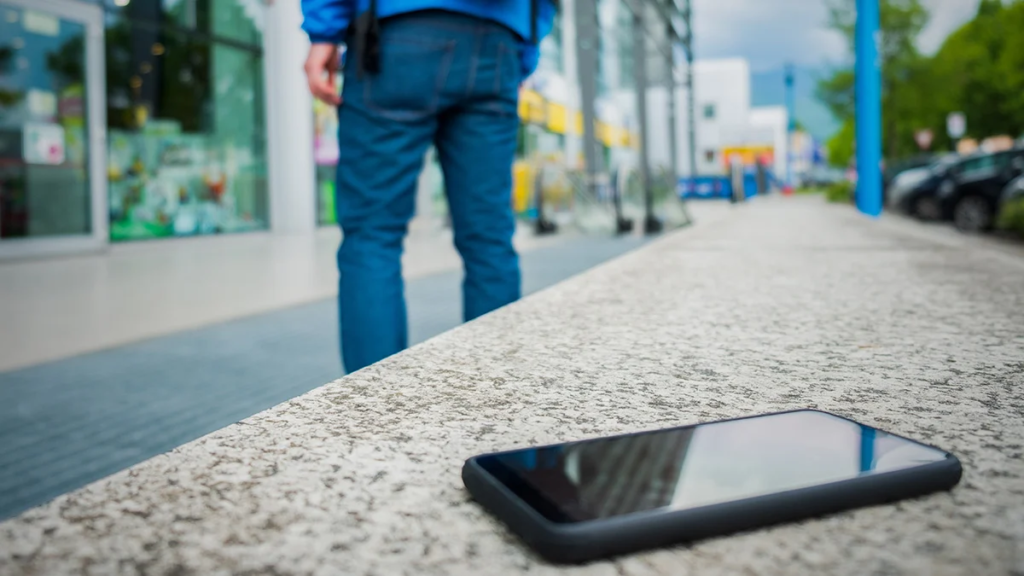
Losing your phone can be a stressful experience. In our modern world, smartphone have become indispensable tools that keep us connected, organized, and entertained. When you misplace your phone, it feels like losing a part of your daily life. Whether you left it at a restaurant, dropped it while running errands, or it was stolen, the immediate sense of panic can be overwhelming. Fortunately, there are several steps you can take to locate your lost phone and safeguard your information. Here’s a comprehensive guide on what to do if you lose your phone.
Assess the Situation
The first step is to stay calm and assess the situation. Panic can cloud your judgment and make it harder to think clearly. Take a deep breath and retrace your steps. Consider the last time you remember having your phone. Did you use it at the coffee shop? Was it in your car? Try to recall the places you’ve visited and check those locations if possible.
If you think you may have left it at home, check common areas where you might leave it, such as your bedroom, living room, or the “phone house uk” (the designated spot in your home where you usually place your devices).
Use Built-In Tracking Features
Most smartphones come equipped with built-in tracking features that can help you locate your device. For iPhones, the “Find My iPhone” feature allows you to track the device’s location, remotely lock it, or even erase its contents. To use this feature, log into your iCloud account on a computer or another device and navigate to the “Find My iPhone” section.
For Android users, the “Find My Device” feature works similarly. You can access it through your Google account on a browser. It will show you the location of your phone on a map, play a sound to help you locate it, and allow you to lock or erase it if needed.
Check Your Surroundings
If your phone’s location is nearby, it’s time to physically search your immediate surroundings. Look in your bag, pockets, under furniture, and in your car. If you’re in a public place, ask staff if anyone has turned in a lost phone. Many restaurants, cafes, and shops have a lost and found section.
In your house, make sure to check common places where the phone could be hiding. Sometimes, it might fall between cushions, be left on a table, or even be hiding in the bathroom.
Visit : expressivefeed.com
Utilize Sound and Notifications
If your phone is nearby but you can’t see it, try calling it from another phone. Even if it’s on silent mode, you may hear it vibrate or see notifications lighting up the screen. If you can’t call it, use the tracking features mentioned earlier to play a sound.
This can be particularly effective if your phone is lost in a place where you were using it recently, as you’ll be able to hear it more clearly in a quiet environment.
Secure Your Data
If you have confirmed that your phone is lost and you are unable to retrieve it,securing your data should be your next priority. Use the tracking features to remotely lock your phone, preventing unauthorized access.
If you believe your phone has been stolen, it’s crucial to erase all personal information. Both the “Find My iPhone” and “Find My Device” features allow you to wipe your phone’s data remotely. This step is essential for protecting sensitive information such as banking apps, personal messages, and photos.
Report the Loss
If you suspect your phone has been stolen, report the loss to your local authorities. Provide them with as much information as possible, including the phone’s make, model, and serial number. If you have the original receipt or purchase information, keep that handy.
Additionally, contact your mobile service provider to report the loss. They can disable your service, preventing anyone from using your phone to make calls or access the internet. Many carriers also offer device insurance that may cover the loss, so check if you have that option.
Changing Passwords
As an extra precaution, consider changing the passwords for accounts that were accessed from your phone. This includes email, banking, social media, and any other apps where sensitive information is stored. By changing these passwords, you reduce the risk of unauthorized access to your accounts.
Also, enable two-factor authentication on accounts that support it. This adds an extra layer of security, ensuring that even if someone has access to your password, they won’t be able to log in without the second verification step.
Prepare for the Future
After dealing with the immediate stress of losing your phone, it’s time to think about prevention for the future. Here are some proactive steps you can take:
1. Use Phone Tracking Apps
In addition to built-in tracking features, consider downloading third-party phone tracking apps. Some of these apps offer additional features, such as tracking the phone’s location history, monitoring battery life, or even sending alerts if the phone is moved.
2. Keep a Designated Spot
Establish a designated spot for your phone when you’re at home—this “phone house” can be a specific table, a charging station, or a small basket. Always placing your phone in this location can help you avoid misplacing it in the future.
3. Invest in Insurance
Consider getting device insurance if you don’t already have it. This can provide peace of mind knowing that you are covered in case of theft, loss, or accidental damage.
4. Enable Remote Management Features
Make sure to enable remote management features on your device. These features can help you track, lock, or wipe your device without needing to be physically present.
5. Use Unique Identifiers
If you have a habit of losing your phone, consider using unique identifiers like keychains, phone straps, or even tile trackers. These can help make your phone more noticeable and easier to find.
Conclusion
Losing your phone can be a daunting experience, but with the right steps and precautions, you can minimize the impact. Start by retracing your steps, utilizing built-in tracking features, and securing your data. If you’re unable to recover your phone, take steps to protect your information and report the loss to the authorities and your mobile carrier.Once the initial panic subsides, consider implementing preventive measures for the future. By being proactive, you can make it less likely that you’ll find yourself in a similar situation again. For more resources and helpful tools related to phone safety and accessories, visit phonehouse.shop to find the right solutions for your needs.
